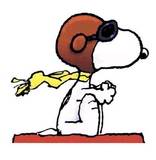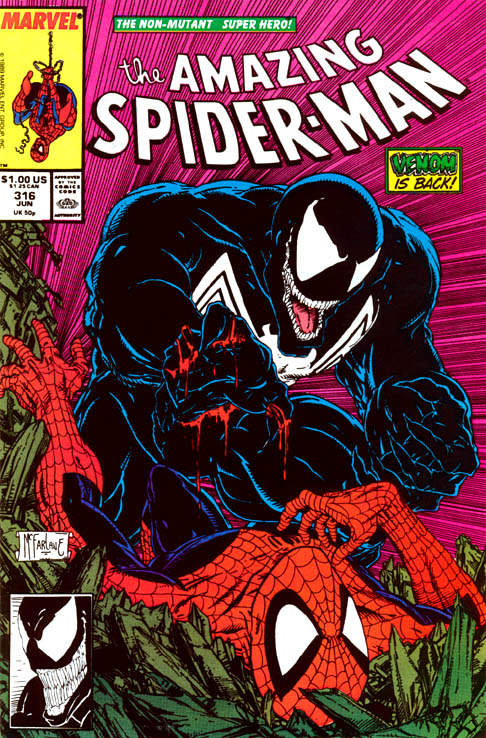Take a look at these…
DCB
Just another weblog
Hello all! These are my thumbnails for the Once Upon A Time Project. My folktale is All Stories Are Anansi’s (which you can read here. These are somewhat low quality photos.
[redacted]
Hi guys! It’s Amy. I’m starting a blog session to help out with brainstorming for Comic Book Reports. I’ll share a little bit about my guy first. My #1 favorite anime/manga artist is Leiji Matsumoto. Ever heard of him? Most likely not. He’s an older artist who has been forgotten by our generation (and more crucially North America). He initially jump-started anime in the States with his work on Star Blazers [1974] (aka Space Battleship Yamato /宇宙戦艦ヤマト/ Uchū Senkan Yamato). His work in the famous Captain Harlock series would follow. But ironically, his works have become seriously undervalued in the U.S., even when critics argue that without him U.S. anime interest today would be almost halved.
Matsumoto’s work in anime definitely out-shines his earlier manga days, but his comics are still vital. They contain the original character structures that are mirrored in all his works. Basically saying, his characters all look the same whether you are reading Space Battleship Yamato (70’s) or viewing The Galaxy Railways (2003).
See? Anyway, here’s some links about him:
http://en.wikipedia.org/wiki/Leiji_Matsumoto
http://www.animenewsnetwork.com/encyclopedia/people.php?id=3138
http://www.starblazers.com/html.php?page_id=171
Check them out! K?!
– AmyProject Once Upon A Time…
For this project, we selected fairy tales, folk tales, and myths to use as the basis for our first small book. As an instructor, I tried to stress character design and interesting panel transitions in this exercise. Below you will find some in-progress work, along with the final projects (by Wednesday the 18th.)
So, Once Upon a Time…
For as long as I can remember, I have been telling stories. I began, I suppose, by talking them out, probably to my mom or my older brother, but honestly, I don’t remember any of those. What I remember were the stories I told myself, either through playing with my mixed population of Legos, Star Wars, Fisher-Price, and G.I Joe figures, or through drawing. Drawing to me has almost always been another form of storytelling, which is one reason why comics have had such a pull on me for so long.
In thinking about this post, I tried to remember the first comic or cartoon that I encountered, or at least the first one to really stick. While I can count numerous illustrations in kids’ books that seared their way into my memory, the comics were a little harder. I think that’s because some of them, at least the early ones, were one-time impressions. That is, I’d pour over the Sunday funnies when I had them around, but I didn’t keep them or collect them like some folks do their comic books.

I do remember drawing Snoopy early on, and much later, drawing Garfield. By elementary school, I had run across Mad Magazine and particularly loved the Spy Vs. Spy strips by Antonio Prohias and the marginalia of Sergio Aragones. I had also discovered Far Side by Gary Larson and to a lesser degree Calvin and Hobbes by Bill Watterson.
By middle school, I had found the spin-rack of comic books at the grocery store. I didn’t know comic book shops existed. This rickety wire contraption held all the comic books I ever knew existed, or at least, held my access to them. I guess I kind of lucked out, running across great titles like Batman, The Amazing Spiderman, and The Uncanny X-Men right there next to the racks of Women’s Day, Field and Stream, Popular Mechanics, and Better Home and Gardens. These comics cost one dollar. My mom would usually spring for one, God bless her.
These comics are gone, read to shreds and thrown away long ago. I am not, nor have I ever been, a collector. I buy them to read them, again and again. I remember going over to my friend Daniel Biddy’s house and seeing his comics, boxes and boxes of them, all carefully bagged and organized. Mine were in the bottom of my closet under my football cleats and my G.I. Joe helicopter. I’m not taking anything away from collectors like Daniel—Daniel is a successful artist in Atlanta now—I’m just saying that for me the book has always been a medium, a way of getting the images and the stories into my brain, more than an artifact in and of itself. And yet, those books, hard-read as they were, managed to burn their stories on my mind. I remember covers, I remember particular panels, I could probably even remember bits of word-ballooned dialogue if hard-pressed.

Through magic of Google Image search, I was able to find a few of those covers from off the Winn Dixie spin rack. Images like Wolverine crucified on an X. I don’t know if I was a smart enough kid to really realize the ways in which this image borrowed from religious iconography, that part of its power was in the way it lifted one of the single most important images in Western culture and reinterpreted it. In fact, I know I wasn’t. I was pretty clueless. But I could feel it was powerful, powerful because the hero is suddenly and completely subdued, vulnerable, helpless.
There is something similar at work in the cover of Amazing Spider Man done by Todd McFarlane.

This was the first, I think, introduction of the villain Venom, a black-suited version of Spiderman on steroids who was scary even for a kid who had no problem differentiating fantasy from reality. This dude was frightening. The difference, of course, is that in the first image, the threat is all implied. We have no idea why Wolverine is crucified; but we imagine that whatever got him there was bad. It’s that suspense that pulls us into the book, that makes us engage in the story. In the second image, McFarlane personifies fear and id and violence and the shadow self in his rendition of Venom. We don’t have to imagine anything other than what happens next. This, too, however, is the work of story; this too gets us into the book. Or at least it did me.
I hope as you look through the work of this class, you’ll get pulled in. Pulled in by images, pulled in by story hooks, pulled in by ideas, and experiences, by moments where we share artists we love and artists we discover.
Thanks for checking us out.
Dr. David Bernardy
Welcome to Furman Blogs. This is your first post. Edit or delete it, then start blogging!